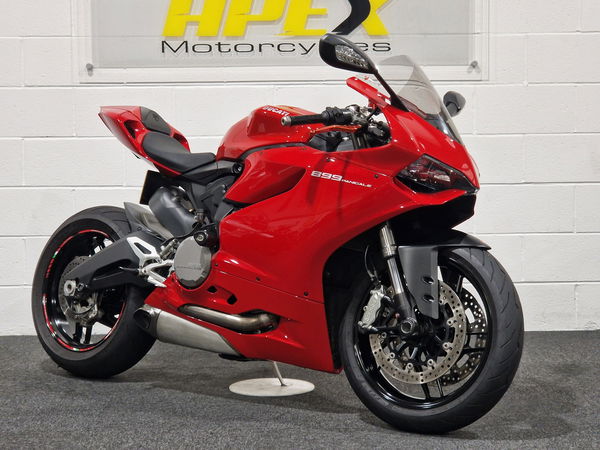Honda is developing lane assist, patent drawings reveal
Recent patent drawings from Honda show it is working on a camera- and radar-enabled lane assist for motorcycles across its roster.
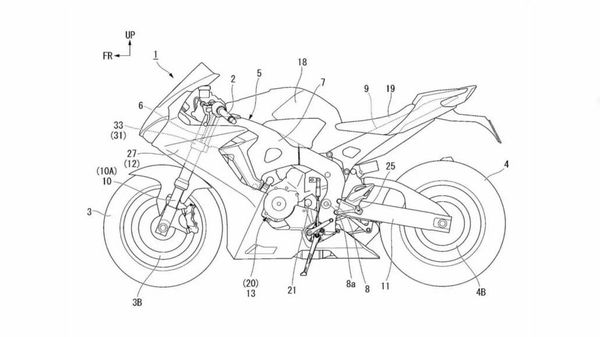
Honda has filed patent drawings for a rider assist that would help to keep the bike in-lane.
“Lane assist” is a commonality now in modern cars, but in motorcycles it is not so common. In part, this is because of motorcycle culture and car culture. Motorcycles are largely ridden by people who subscribe to motorcycling culture in some way, whereas cars are largely driven by people who need a car to get around.
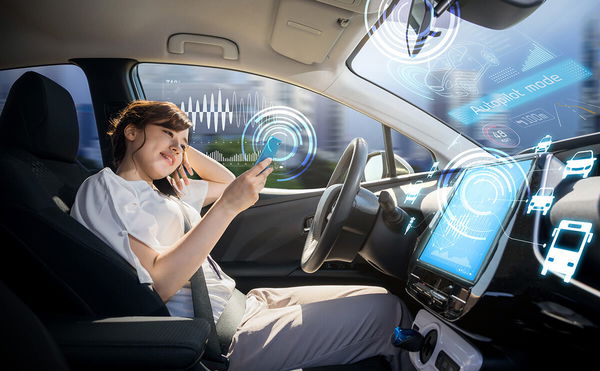
As such, electronic aids which detract from the actual riding of the motorcycle for the person holding the handlebar are generally avoided by the manufacturers, who do not want to lose their core enthusiasts.
It is also why autonomous technology has not advanced far in the two-wheeled world. It could also be said that the size of the motorcycle market compared to the car market - in the global northwest in particular - results in more people working in the car industry, and more people generally means a greater advancement of technology.
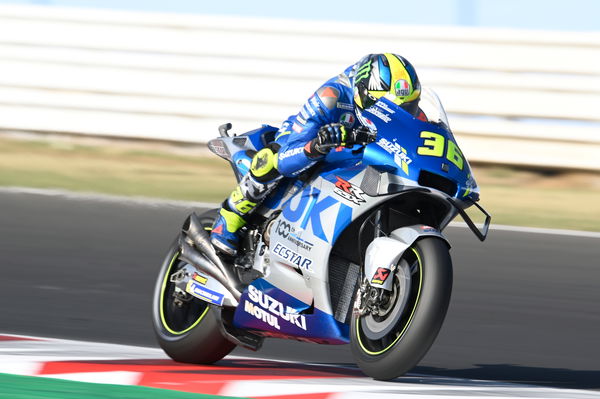
We can look to racing for an example of this. Massimo Rivola worked for Ferrari’s F1 team, but was not an especially well-known figure in the sport. At the same time, Davide Brivio worked for Suzuki’s MotoGP team, and was regarded as one of the top team managers in the Grand Prix paddock.
Until 2019, Aprilia’s MotoGP team manager had been Romano Albesiano, who is an engineer and the project lead for the RS-GP. The dual-purpose of Albesiano in Aprilia meant the bike’s development struggled, and so did the relationship between the factory and its riders. They lost faith in Sam Lowes almost immediately in 2017, and it was a similar story in 2018 with Scott Redding.
When Rivola arrived at Aprilia in 2019, he changed their fortunes because he arrived as a manager, and freed Albesiano to work more solely on the engineering of the RS-GP. That was three years ago, and now the Aprilia is a race-winning and title-contending motorcycle.
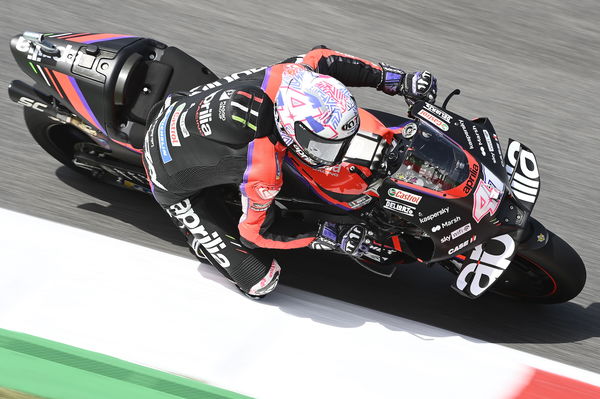
After Albesiano arrived in Aprilia in 2019, there was a winter before the Covid pandemic postponed the start of the 2020 season. That year, the MotoGP World Championship was won by Suzuki, and that turned out to be the aforementioned Brivio’s final season in MotoGP. He headed to Alpine’s F1 team for 2021, and they won in Hungary with Esteban Ocon. But the team has not progressed since; they are no better this year than last, and have lost both two-time F1 World Champion Fernando Alonso and 2021 F2 World Champion Oscar Piastri in the last two weeks.
In other words, the impact of MotoGP’s Davide Brivio on Formula One has been far less significant than that of F1’s Massimo Rivola on MotoGP. Aprilia have become title contenders, while Alpine have stagnated.
When it comes to road technology, it is possible to say that a similar divide exists between two and four wheels. This is not because the people engineering bikes are not smart, necessarily, but because the engineers of the major motorcycle manufacturers are working with smaller teams than those of the major car manufacturers, and also because of financial limitations.
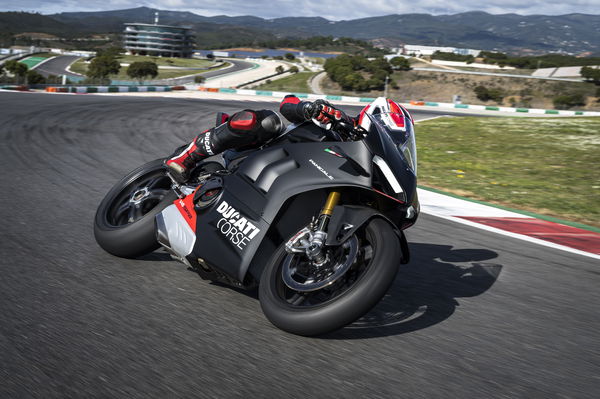
A top-level sports bike will cost tens of thousands of pounds, while a top-level sports car will cost hundreds of thousands. If a Ducati cost as much as a Ferrari, it would not sell.
So, technology in motorcycles has to be kept at an affordable level, so that people will buy the motorcycles.
So, back to autonomous technology on the road, which is lagging behind cars for a lack of finances, as well as a lack of interest.
However know that Honda has been planning some autonomous riding technology, with self-balance and steering assist in the pipeline, and Yamaha has recently announced its third investment in autonomous technology.
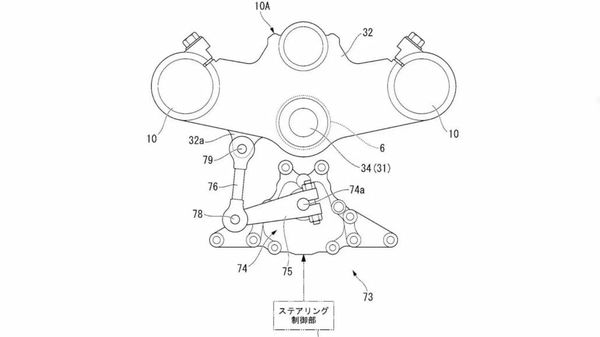
Now, Honda has filed patent drawings for “lane assist” for its motorcycles, according to reports.
The system will be designed to fit to the triple clamp of bikes from across Hondas range - not limited to the bigger, long-distance bikes like the NT 1100 or Africa Twin.
For the lane assist system to work, Honda will need to fit its bikes with a camera and radar, while a torque sensor will be used to measure the steering inputs from the rider on the handlebar. Motorcycles News says that the torque sensor will enable the system to judge whether an input was made proactively by the rider, or whether it was caused by bumps in the road surface.

